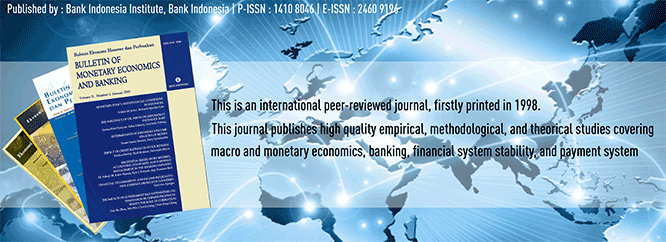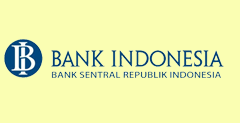
Document Type
Article
Abstract
The cotemporary dual monetary system is characterized by an interest system in conventional system and the profit-and-loss sharing (PLS) system in Islamic system, where each of them has a different behavior in influencing the money demand and the monetary stability. This study analyses the components of money demand under both the conventional and Islamic financial system in Indonesia, using a Vector Auto Regression (VAR) and Vector Error Correction Model (VECM) methods.The results show that in Islamic system, PLS return negatively correlated with all Islamic demand for money components (currency, Wadiah demand deposit, Mudharabah saving deposit, and Mudharabah time deposit). While in conventional system, interest is negatively correlated with the demand for currency, the demand deposit, and the saving deposit, but positively correlated with the demand for time deposit. The Islamic demand for money stabilizes quiclier to respons the shock from other variables compare to conventional system. Moreover, the interest rate contributes 20%-29% in the conventional demand for money variation, while in PLS system the return almost has no role on Islamic money demand variation. Our research also shows that the savings deposits in Indonesia have the characteristics of the demand deposits, hence preferably included in M1 instead of in M2.These findings suggest the monetary authority to gradually shift their mindset from the conventional monetary operation to the dual monetary operation and explore further the possibility of using PLS return as the “policy rate” benchmark to achieve the principal objectives in maximizing distributive social welfare and justice, as well as minimizing inefficiency.JEL Classification: C32, E31, E41, E52Keywords: Permintaan Uang Konvensional, Permintaan Uang Islam, Sistem Keuangan/Perbankan Ganda, VAR/VECM
Recommended Citation
Ascarya, Ascarya; Hasanah, Heni; and Achsani, Noer Azam
(2008)
"PERILAKU PERMINTAAN UANG DALAM SISTEM MONETER GANDA DI INDONESIA,"
Bulletin of Monetary Economics and Banking: Vol. 11:
No.
1, Article 1.
DOI: https://doi.org/10.21098/bemp.v11i1.235
Available at:
https://bulletin.bmeb-bi.org/bmeb/vol11/iss1/1
First Page
53
Last Page
88
Creative Commons License

This work is licensed under a Creative Commons Attribution-NonCommercial 4.0 International License
Country
Indonesia
Affiliation
Bank Indonesia







